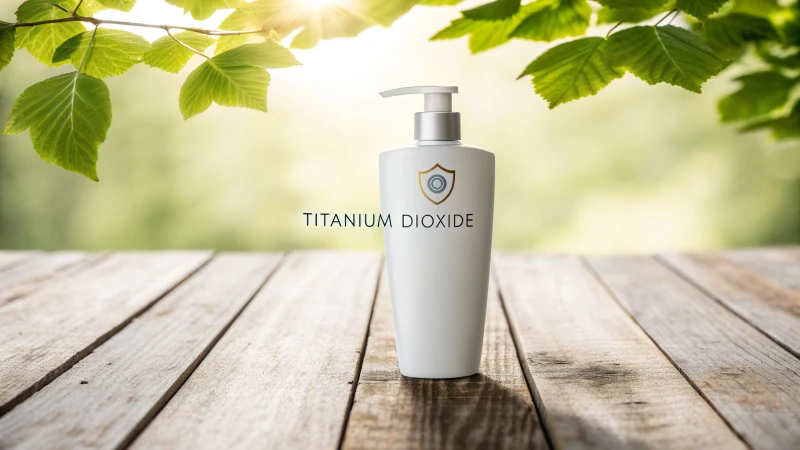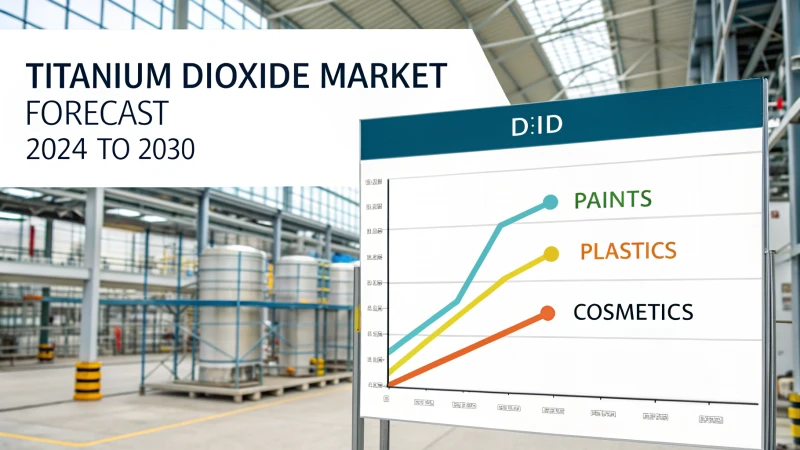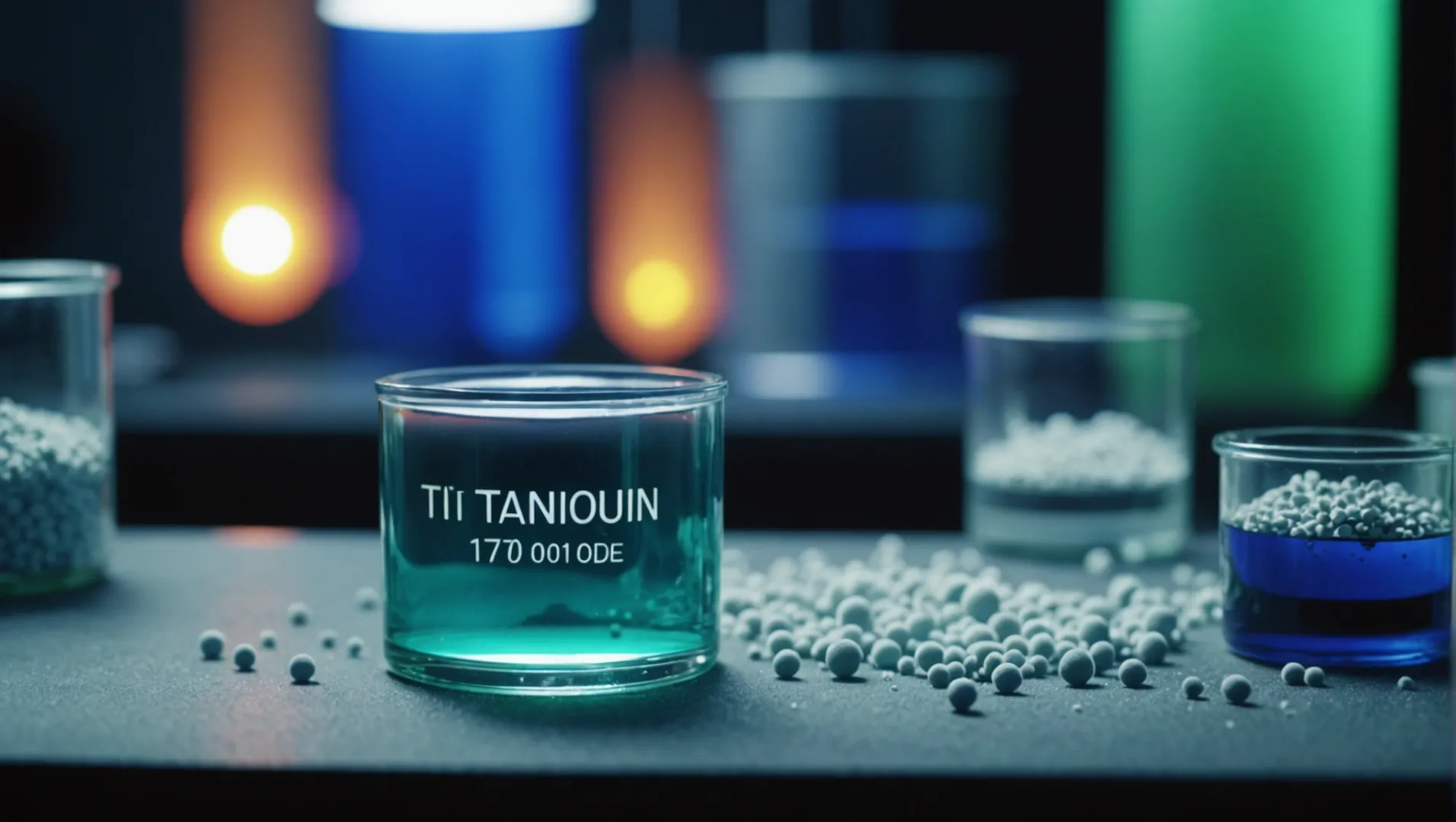
Let me take you on a journey into the world of titanium dioxide and its remarkable role in photocatalysis!
Titanium dioxide enhances photocatalysis efficiency primarily by generating reactive oxygen species under UV light, which break down pollutants and contaminants. Its stability and strong oxidative properties make it ideal for applications in air and water purification.
But what makes TiO2 particularly effective in photocatalysis, and how can its efficiency be further optimized? Let’s delve deeper into the science behind TiO2’s action and explore its exciting applications.
[claim claim=”TiO2 enhances photocatalysis by generating reactive oxygen species.” istrue=”true” explanation=”TiO2 generates reactive oxygen species under UV light, breaking down pollutants.”]
What Are the Mechanisms Behind TiO2’s Photocatalytic Action?
Understanding the mechanisms of titanium dioxide’s photocatalytic action can unlock new environmental solutions.
TiO2’s photocatalytic action involves UV light activation, generating electron-hole pairs that form reactive oxygen species, effectively decomposing organic pollutants.
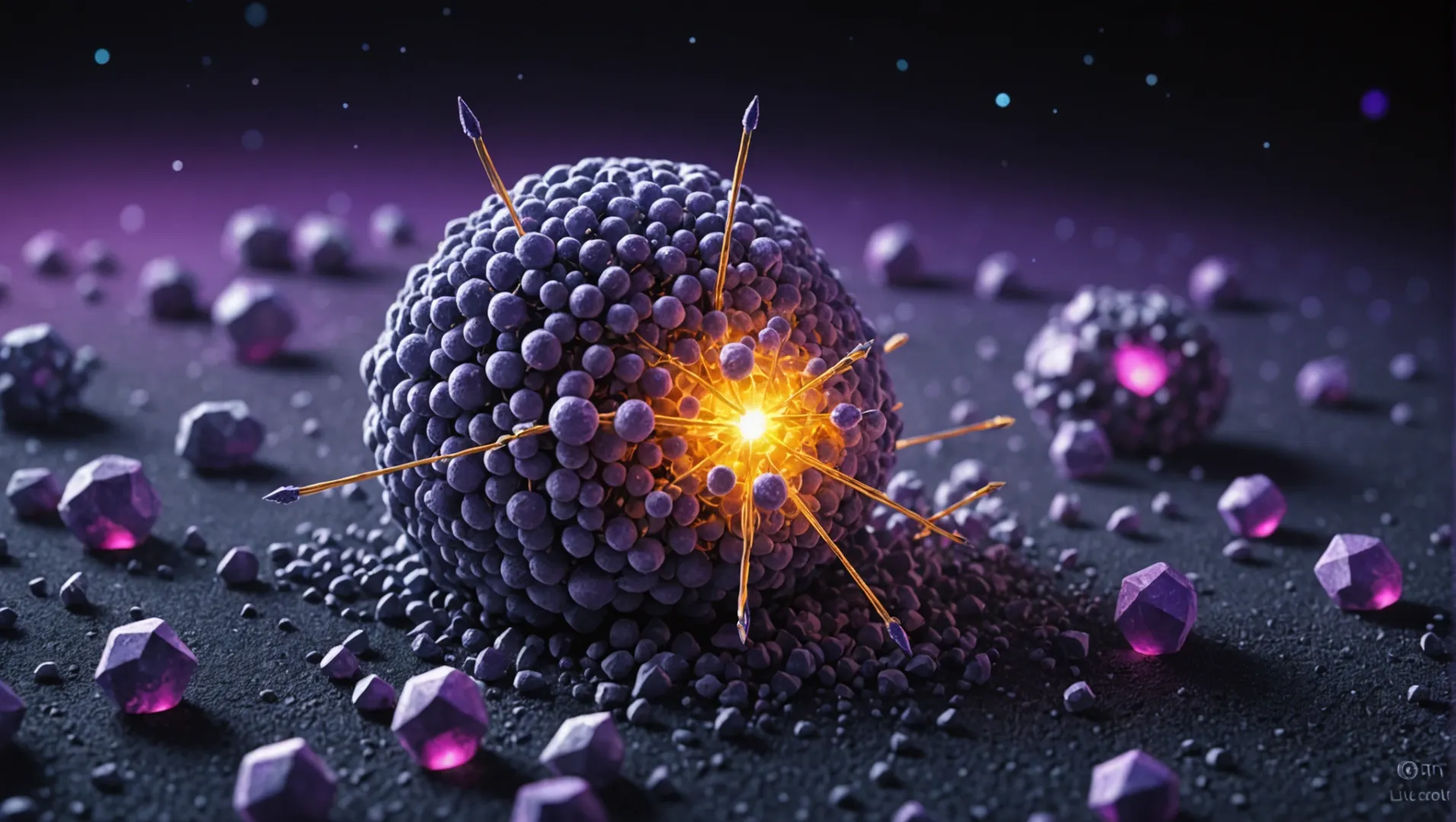
How TiO2’s Structure Enables Photocatalysis
The crystal structure of titanium dioxide (TiO₂) is fundamental to its photocatalytic properties. TiO₂ generally exists in three mineral forms: anatase, rutile, and brookite. Among these, anatase is known for its superior photocatalytic activity. The bandgap of anatase TiO₂, around 3.2 eV, allows it to absorb ultraviolet light efficiently, making it an effective catalyst.
When UV light hits TiO₂, it excites electrons from the valence band to the conduction band, creating electron-hole pairs. This excitation leaves positive holes in the valence band and mobile electrons in the conduction band, both of which are crucial for subsequent reactions.
Formation of Reactive Oxygen Species
The generated electron-hole pairs participate in redox reactions that lead to the formation of reactive oxygen species (ROS), such as hydroxyl radicals (•OH) and superoxide anions (O₂⁻•). These species are highly reactive and capable of breaking down complex organic molecules, including pollutants and pathogens.
The process can be summarized as follows:
- Electron Transfer: Conduction band electrons reduce molecular oxygen to superoxide anions.
- Hole Utilization: Valence band holes oxidize water or hydroxide ions to form hydroxyl radicals.
These ROS are primarily responsible for the degradation of organic contaminants, effectively converting them into harmless end products like carbon dioxide and water.
Enhancing Photocatalytic Efficiency with Modifications
Researchers are continuously exploring ways to improve TiO₂’s photocatalytic efficiency. Some strategies include doping with metals or non-metals, creating composite materials, and utilizing nanotechnology.
-
Doping: Introducing elements such as nitrogen or silver into TiO₂ can reduce its bandgap energy, enabling it to harness visible light as well. Enhancing TiO2 with Nitrogen Doping1
-
Composite Materials: Combining TiO₂ with other semiconductors can improve charge separation and reduce recombination of electron-hole pairs.
-
Nanotechnology: Nanoscale TiO₂ particles have a higher surface area-to-volume ratio, enhancing their reactivity and efficiency. TiO2 Nanoparticles and Photocatalysis2
These advancements expand the usability of TiO₂ beyond traditional applications, offering greater potential in sustainable practices across various sectors.
[claim claim=”Anatase TiO2 absorbs visible light efficiently.” istrue=”false” explanation=”Anatase TiO2 primarily absorbs ultraviolet light due to its 3.2 eV bandgap.”]
[claim claim=”Reactive oxygen species degrade organic pollutants.” istrue=”true” explanation=”ROS like hydroxyl radicals and superoxide anions break down pollutants.”]
How Does Nanotechnology Improve TiO2 Photocatalysis?
Nanotechnology is revolutionizing TiO2 photocatalysis, boosting efficiency and expanding its application scope in pollution control and beyond.
Nanotechnology improves TiO2 photocatalysis by increasing surface area, enhancing light absorption, and facilitating charge separation. These enhancements lead to more efficient pollutant breakdown, making nanostructured TiO2 ideal for advanced environmental applications.

Enhancing Surface Area and Reactivity
One of the primary ways nanotechnology enhances TiO2 photocatalysis is by increasing the surface area. Nano-sized TiO2 particles provide a larger surface-to-volume ratio, which significantly enhances their reactivity. This increased surface area allows for more active sites where photocatalytic reactions can occur, thereby boosting efficiency.
Additionally, nano-engineering can tailor the surface properties of TiO2 to better adsorb target pollutants, thus making the catalytic process more effective. By creating porous or hollow nanostructures, the diffusion of reactants and products is improved, which further accelerates reaction rates.
Improving Light Absorption
Nanotechnology also improves the light absorption capabilities of TiO2 by manipulating its optical properties. Doping TiO2 with different elements, such as nitrogen or metals, can shift its light absorption from the UV to the visible spectrum. This is crucial because only about 5% of solar energy is in the UV range, while visible light constitutes nearly 43%.
Utilizing quantum dots3 or creating composite materials with other semiconductors can also enhance TiO2’s ability to harness sunlight effectively. These modifications enable TiO2 to absorb a broader range of wavelengths, which in turn increases its photocatalytic efficiency under natural light conditions.
Facilitating Charge Separation
A significant challenge in photocatalysis is the recombination of electron-hole pairs, which reduces overall efficiency. Nanotechnology addresses this by creating heterostructures that facilitate better charge separation. For instance, coupling TiO2 with graphene or other conductive materials can help in transferring the photo-generated electrons away from the TiO2 surface quickly, reducing recombination losses.
Moreover, nanostructured TiO2 often exhibits unique electronic properties that enhance electron mobility, allowing for longer-lasting charge separation and more effective catalytic action.
Applications Across Industries
The advancements in nanotechnology have broadened the scope of TiO2 photocatalysis applications. For instance, nanostructured TiO2 is being used in self-cleaning surfaces4 and smart coatings for buildings, which utilize sunlight to break down organic dirt and pollutants.
In water purification, nanostructured TiO2 can effectively degrade organic contaminants, making it an eco-friendly solution for wastewater treatment. The development of TiO2-based air purifiers is also underway, utilizing its enhanced photocatalytic properties to break down airborne toxins and pathogens efficiently.
[claim claim=”Nanotechnology increases TiO2 surface area for better reactivity.” istrue=”true” explanation=”Nano-sized TiO2 particles have a larger surface-to-volume ratio, enhancing reactivity.”]
[claim claim=”TiO2 can absorb visible light without any modifications.” istrue=”false” explanation=”TiO2 needs doping with elements like nitrogen to absorb visible light.”]
What Are the Environmental Applications of TiO2?
Titanium dioxide (TiO2) revolutionizes environmental sustainability with its powerful photocatalytic properties, offering innovative solutions for pollution control.
TiO2’s environmental applications include air and water purification, self-cleaning surfaces, and environmental remediation due to its ability to decompose pollutants effectively.
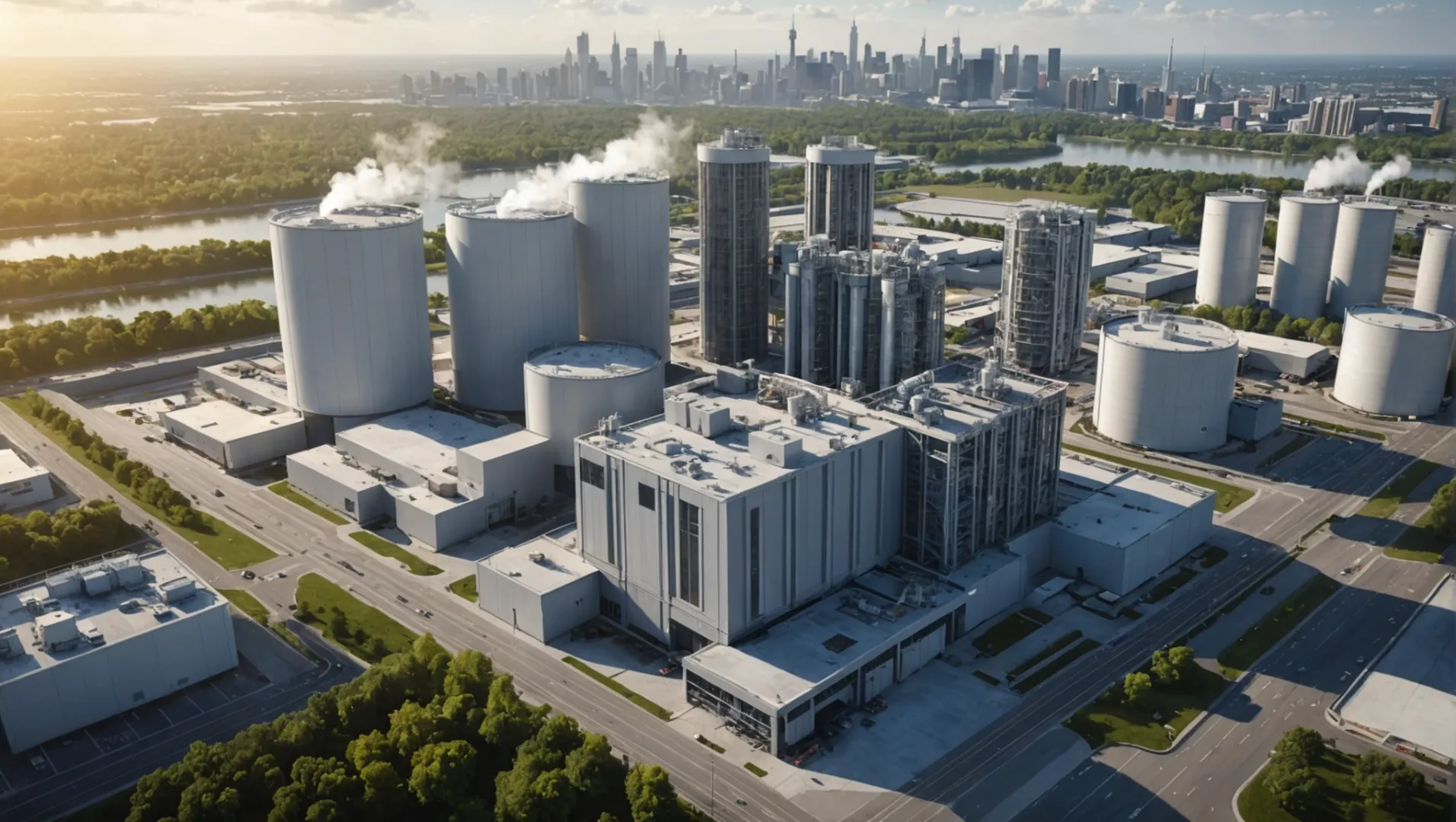
Air Purification
Titanium dioxide is integral in air purification systems5. When coated on surfaces and exposed to UV light, it breaks down volatile organic compounds (VOCs) and nitrogen oxides (NOx), two major air pollutants. This process not only cleans the air but also helps reduce health risks associated with poor air quality. Photocatalytic paints and coatings applied to building exteriors are an example where TiO2 is used to maintain cleaner urban air.
Water Purification
TiO2 is widely used in water treatment processes6. Its photocatalytic action decomposes organic pollutants, bacteria, and even viruses in water sources. This makes it an essential component in developing countries where clean water access is limited. Researchers are exploring its use in solar-powered water purification systems to increase energy efficiency while reducing costs.
Self-Cleaning Surfaces
The self-cleaning properties of TiO2 coatings are utilized in various applications, from windows7 to tiles. When exposed to sunlight, TiO2 breaks down organic dirt particles, allowing rainwater to wash them away easily, thus reducing maintenance efforts. This is particularly beneficial in urban architecture and solar panel maintenance.
Environmental Remediation
In soil and water systems, TiO2 can facilitate the breakdown of persistent organic pollutants. Its role in environmental remediation8 includes degrading harmful substances like pesticides and industrial chemicals, which are otherwise challenging to remove. This application underscores its potential in cleaning contaminated sites and restoring natural ecosystems.
Role in Sustainable Development
As industries strive for sustainable solutions9, TiO2 offers a pathway by reducing the environmental footprint of manufacturing processes. Its use in eco-friendly products not only supports pollution reduction but also enhances product longevity, thereby promoting resource conservation. With advancements in nanotechnology, TiO2’s effectiveness is continually being improved, broadening its impact across multiple sectors.
[claim claim=”TiO2 can purify air by breaking down VOCs and NOx.” istrue=”true” explanation=”TiO2’s photocatalytic properties allow it to decompose air pollutants.”]
[claim claim=”TiO2 is ineffective in water purification processes.” istrue=”false” explanation=”TiO2 effectively decomposes organic pollutants in water.”]
How Does TiO2 Contribute to Economic Sustainability?
Titanium dioxide (TiO2) is not just a photocatalyst powerhouse but also a beacon of economic sustainability in various industries.
TiO2 contributes to economic sustainability by reducing environmental cleanup costs, enhancing product longevity, and supporting industrial sustainability through its photocatalytic properties.
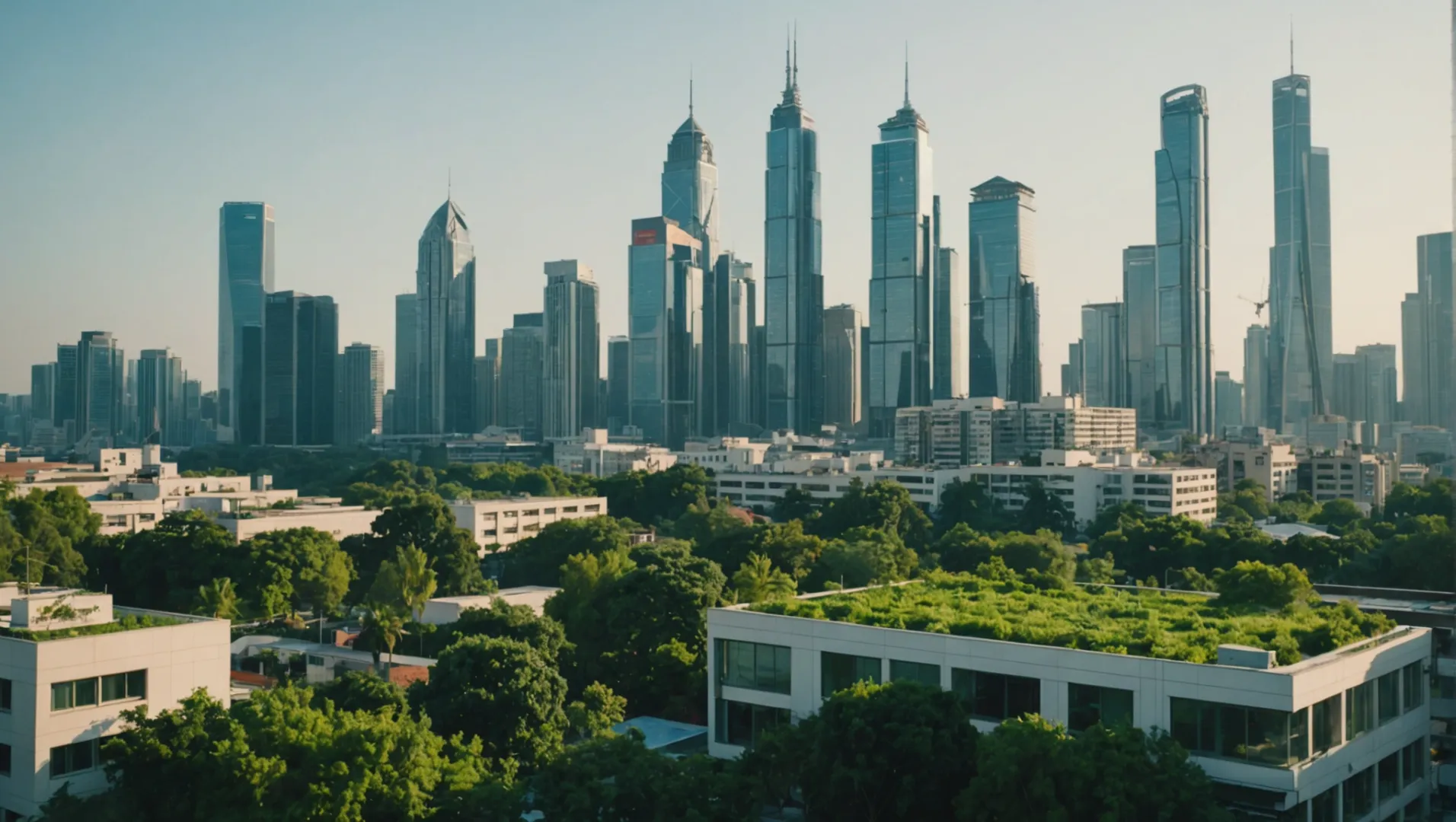
The Economic Value of TiO2 in Pollution Control
Titanium dioxide’s efficiency in breaking down pollutants offers substantial cost savings in environmental cleanup. Industries that previously relied on expensive, labor-intensive methods for pollution management can now adopt TiO2-based solutions10, which are not only cost-effective but also environmentally friendly. This shift reduces operational costs and enhances the economic viability of adopting cleaner technologies.
Extending Product Lifespan with TiO2
Incorporating TiO2 into materials such as paints and coatings extends product life by providing self-cleaning and antimicrobial properties. For instance, surfaces treated with TiO2 remain cleaner longer, reducing maintenance costs. This durability means fewer replacements over time, contributing to economic sustainability by lowering resource consumption and waste generation.
Supporting Industrial Sustainability
TiO2’s role in improving air and water quality through photocatalytic processes directly aligns with sustainable industrial practices. By integrating TiO2 in manufacturing, industries can meet regulatory standards more efficiently and attract eco-conscious consumers. This alignment promotes economic resilience by tapping into markets prioritizing sustainability.
Innovations in Nanotechnology
The advancements in nanotechnology11 are further boosting TiO2’s photocatalytic capabilities. Nanoscale TiO2 particles offer increased surface area and reactivity, leading to more efficient pollutant breakdown. These advancements open up new applications across industries, driving economic growth through innovation and expanded market opportunities.
[claim claim=”TiO2 reduces environmental cleanup costs.” istrue=”true” explanation=”TiO2 breaks down pollutants efficiently, lowering cleanup expenses.”]
[claim claim=”TiO2 shortens product lifespan by increasing maintenance needs.” istrue=”false” explanation=”TiO2 extends product life by providing self-cleaning properties.”]
Conclusion
In summary, TiO2’s incredible potential in photocatalysis offers us a glimpse into a more sustainable future. Embrace this innovation and consider how it can enhance your environmental projects.
-
Learn how nitrogen doping enables TiO2 to utilize visible light.: Nitrogen doping significantly improves the optical absorption and hence photocatalytic degradation efficiency of TiO2 in the visible region. ↩
-
Discover why nanoscale TiO2 boosts photocatalytic performance.: As stated above, a TiO2 nanosheet not only possesses photocatalytic properties, but also has low turbidity, excellent adhesion, and high smoothness and one … ↩
-
Explore how quantum dots improve light absorption efficiency in TiO2.: They reported that The NCQDs nanoparticles can increase the absorption of visible light on composite support and enhance the photocatalytic activity under … ↩
-
Learn about the self-cleaning mechanism enabled by TiO2.: TiO 2 -based photocatalytic building materials can keep the building surface clean, and have decontamination, antibacterial effects and so on. ↩
-
Discover how TiO2 reduces air pollutants effectively.: Titanium dioxide is a crucial ingredient in helping to make sure that harmful emissions from vehicles and factories never make it into the air. ↩
-
Learn about TiO2’s impact on water safety.: Titanium dioxide (TiO2) is the most prominent photocatalyst [1,2,3], widely employed due to its great photocatalytic activity, chemical and biological … ↩
-
Explore how TiO2 simplifies cleaning tasks.: Titanium dioxide coatings clean the dirt and grime present on the surface of the glass by following the two-step process: Photocatalytic: This … ↩
-
Understand TiO2’s role in cleaning ecosystems.: The demonstrated TiO2/CNC nanocomposite system exhibited excellent performance in dye degradation and antibacterial activity, suitable for a wide range of … ↩
-
See how TiO2 aids sustainability efforts.: Titanium dioxide (TiO2) can help to promote a more sustainable built environment from the beginning to the end of a building’s life. ↩
-
Explore how TiO2 solutions reduce operational costs effectively.: To start, TiO2 consumption would be cut from 50% of global feedstocks to 17% and this in turn would dictate maximum peripheral resource preservation. ↩
-
Discover how nanotechnology enhances TiO2’s efficiency and applications.: The study employs a comprehensive approach, investigating the effects of nanoparticle size, shape, dose, and exposure time on performance. ↩




